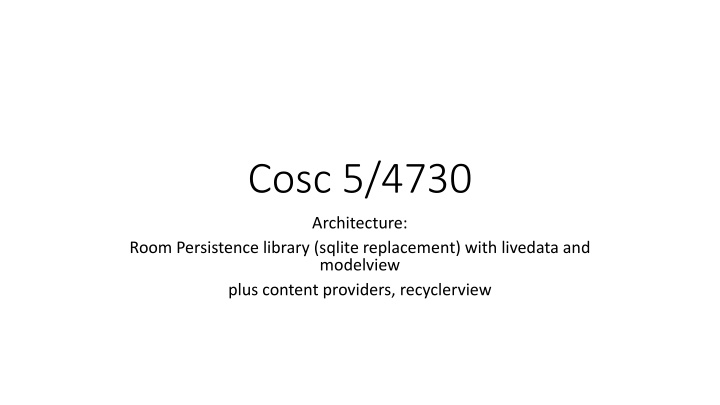
Room Persistence Library Overview & Implementation Guide
Learn about Room persistence library, its benefits, and how to implement it in your Android app with LiveData and ViewModel. Explore the key components including POJO, Data Access interface, and RoomData class.
Download Presentation

Please find below an Image/Link to download the presentation.
The content on the website is provided AS IS for your information and personal use only. It may not be sold, licensed, or shared on other websites without obtaining consent from the author. If you encounter any issues during the download, it is possible that the publisher has removed the file from their server.
You are allowed to download the files provided on this website for personal or commercial use, subject to the condition that they are used lawfully. All files are the property of their respective owners.
The content on the website is provided AS IS for your information and personal use only. It may not be sold, licensed, or shared on other websites without obtaining consent from the author.
E N D
Presentation Transcript
Cosc 5/4730 Architecture: Room Persistence library (sqlite replacement) with livedata and modelview plus content providers, recyclerview
Adding to dependencies In the Dependencies section of the build ViewModel and LiveData implementation "androidx.lifecycle:lifecycle-viewmodel-ktx:2.8.5" implementation "androidx.lifecycle:lifecycle-livedata-ktx:2.8.5" Room Java version implementation "androidx.room:room-runtime:2.6.1" annotationProcessor "androidx.room:room-compiler:2.6.1"
Adding to dependencies Room Kotlin version implementation "androidx.room:room-runtime:2.6.1" kapt "androidx.room:room-compiler:2.6.1" outside dependencies add the following: apply plugin: 'kotlin-kapt'
Other dependencies And since we are using recyclerview and cardview layouts plus design pieces you will need these too: implementation 'com.google.android.material:material:1.12.0" recyclerview and card view implementation "androidx.recyclerview:recyclerview:1.3.1' implementation "androidx.cardview:cardview:1.0.0"
Room Persistence Library The Room persistence library provides an abstraction layer over SQLite to allow fluent database access while harnessing the full power of SQLite.
Room First there is a POJO that has entity markups POJO is a Plain Old Java Object We need to markup the class using the entity so it can be used by below. Second is the Data Access interface It has the methods and markups for say a data query Third and finally the RoomData class itself.
First the POJO // blank public Score() { } constructor for the 2 data points. public Score( String name, int score) { this.name = name; this.score = score; } } public class Score { public long id; public String name; public int score; Get and setters getID and setID getName and setName getScore and setScore And a couple of constructors
Now add entity markup for the db. example: @Entity(tableName = Score.TABLE_NAME) public class Score { @PrimaryKey(autoGenerate = true) @ColumnInfo(index = true, name = COLUMN_ID) public long id; Added constants in the class /** The name of the Score table. */ public static final String TABLE_NAME = "scores"; /** The name of the ID column. */ public static final String COLUMN_ID = BaseColumns._ID; /** The name of the name column. */ public static final String COLUMN_NAME = "name"; /** The name of the score column. */ public static final String COLUMN_SCORE = "score"; @ColumnInfo(name = COLUMN_NAME) public String name; @ColumnInfo(name = COLUMN_SCORE) public int score;
Data Access Object Create an interface class with the DAO and query, etc info. Example: @Dao public interface ScoreDao { //select everything from the table. @Query("SELECT * FROM " + Score.TABLE_NAME) List<Score> selectAll(); //select only those rows where the score matches. @Query("select * from score where "Score. COLUMN_SCORE "= :scoreValue") List<Score> loadScore(int scoreValue); //insert a new row @Insert long insert(Score scoreData); //insert many replaces, if conflicts, just replace them @Insert(onConflict = OnConflictStrategy.REPLACE) void insertAll(List<Score> scores);
RoomDatabase class In the simplest version it would look like this: @Database(entities = {Score.class,}, version = 1, exportSchema = false) public abstract class AppDatabase extends RoomDatabase { public abstract ScoreDao ScoreDao(); } Normally it has code for static database creation piece or it can be done in the "activity"
RoomDatabase class (2) This can be static method in the database class or done in the "activity" To open( or create) the database. db = Room.databaseBuilder(getApplicationContext(), AppDatabase.class, "database-name").build(); Note, since we need context, the ViewModel, will need an AndroidModelView if it opens the room Database. my examples the mainactivity opens the database and then passes to the viewModel. likely
Using the Room Database. First, Room requires a thread for queries and inserts. Can not be done on the main UI thread. Once we have the database, we then use the Data Access Object to access the database. Query example would look like this: Find query for all scores that are 3012. List<Score> scores = db.ScoreDao().loadScore(3012); Interrate though the list, with say, for (Score score : scores) { And score.getId() to find the id value. An insert of multiple enters would be First generate a List<Score> scores = generateScores()); db.ScoreDoa().insertAll(scores);
Room, updates, and lifecycle aware. Adding to the "gmagic", Room is aware of updates and the lifecycle. So we can actually run the "query" in a AndroidViewModel We need context, so AndroidViewModel The db is opened and usd inside the ViewModel The mainactivity adds observers to where they are needed Now when the database changes, the UI can update "on it's own"
Example Android ViewModel. public class ScoreListViewModel extends AndroidViewModel { private final MediatorLiveData<List<Score>> mObservableScores; private final AppDatabase ad; public ScoreListViewModel(@NonNull Application application) { super(application); ad = AppDatabase.getInstance(application); mObservableScores = new MediatorLiveData<>(); mObservableScores.setValue(null); //default to null until there is data LiveData<List<Score>> scores = ad.ScoreDao().selectAll(); //actual query. mObservableScores.addSource(scores, new android.arch.lifecycle.Observer<List<Score>>() { @Override public void onChanged(@Nullable List<Score> scoreEntities) { mObservableScores.setValue(scoreEntities);} } ); } public LiveData<List<Score>> getScores() { return mObservableScores; } }
MainActivity (or other places) All we need is ViewModel. This is likely in main activity or could be a fragment. Remember the ViewModel is now the database class, so we have add, remove, etc methods in the viewmodel. ScoreListViewModel scoreListViewModel = new ViewModelProvider(this).get(ScoreListViewModel.class); Add an observer for when the data changes scoreListViewModel.getScores().observe(this, new Observer<List<Score>>() { @Override public void onChanged(@Nullable List<Score> scores) { //Now up date the UI with the new/changed data. } }); this is very likely the activity
Recyclerview and adapter. for a recyclerView, we need to tell it there is a new/changed dataset to display. We can do this from the outside, but simpler to do it in the adapter for the recyclerview. The only change is to the constructor, and we use the observer! It takes a ModelView, rowlayout, and the activity (needed for the observer only). Instead of the data itself. public myAdapter(ScoreListViewModel scoreListViewModel, int rowLayout, AppCompatActivity activity) { mViewModel = scoreListViewModel; this.rowLayout = rowLayout; mViewModel.getScores().observe(activity, new Observer<List<Score>>() { @Override public void onChanged(@Nullable List<Score> scores) { myList = scores; //this where the actually data to be displayed comes from. notifyDataSetChanged(); } }); } The rest of the adapter is unchanged from the previous "versions".
Content provider We can change it to use a content provider pretty easily. Change need to change the DAO, so it returns a cursor. So this //select everything from the table. @Query("SELECT * FROM " + Score.TABLE_NAME) List<Score> selectAll(); Becomes this @Query("SELECT * FROM " + Score.TABLE_NAME) Cursor selectAll(); Change and create the remaining pieces needed for a content provider
Content provider (2) Then create the content provider class like normal, even the loaders work, just like before. Except use the room db, instead of sql. Example query code ScoreDao score = AppDatabase.getInstance(context).ScoreDao(); Cursor c; switch (uriMatcher.match(uri)) { case SCORE: c = score.selectAll(); break; case SCORE_ID: c = score.selectById(ContentUris.parseId(uri)); break; default: throw new IllegalArgumentException("Unknown URI " + uri); } //this line is added for the loaders. if we changed the database, this allows a notification to be set. c.setNotificationUri(getContext().getContentResolver(), uri); return c;
Content provider (3) As note, the previous example didn't take into account all the selectionARGs. A method would need be added that could serialize the selection args into a query and added the query. Second note. This content provider is also unstable. Room DB can't be accessed on the main thread. So depending on where the user accesses the content provider, it may throw an exception. Main thread it fails. All others it works. The content provider should likely access/inserts on a separate thread.
Demo code All the demos use the same highscore database. roomDemo an example of use the room objects to create and access a database. LiveDataRoomDemo shows how to use the liveData object with the database to have the display updated when new data is added. LiveDataRoomRecyclerDemo shows a room database with livedata/modelview that auto updates a recyclerview (using an observer in the adapter) as the data changes. ContentProviderRoomDemo shows how to create a contentprovider using a room database.
References https://developer.android.com/topic/libraries/architecture/index.html https://developer.android.com/topic/libraries/architecture/livedata.html https://developer.android.com/topic/libraries/architecture/viewmodel.html https://developer.android.com/topic/libraries/architecture/room.html Useful 4 part tutorial https://android.jlelse.eu/android-architecture-components-room-introduction- 4774dd72a1ae
QA &


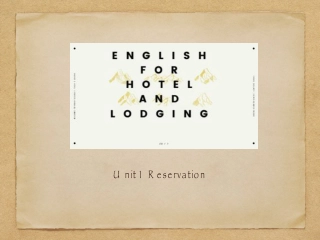
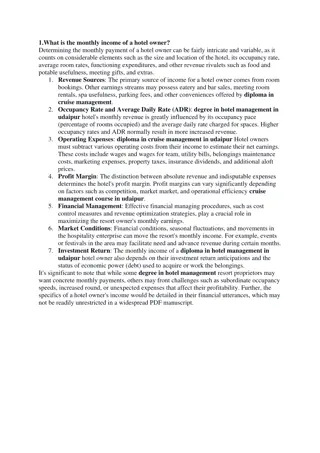
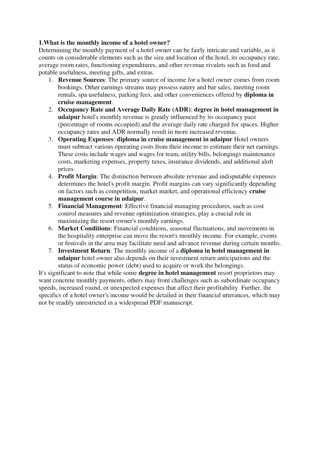


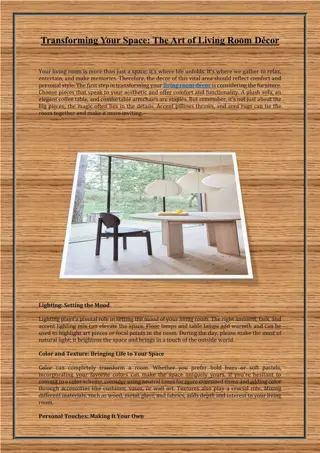
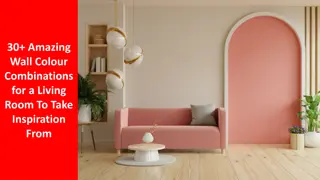







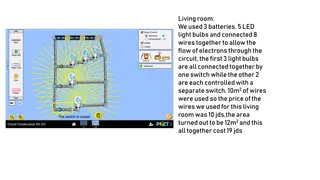


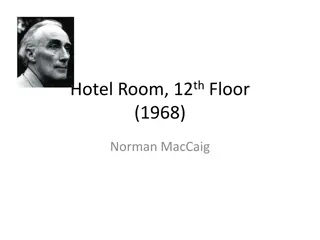
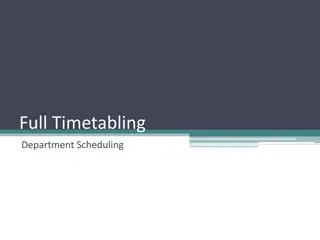

![Legal Dispute Analysis: FCA v ARCH and Others [2021] UKSC 1](/thumb/189783/legal-dispute-analysis-fca-v-arch-and-others-2021-uksc-1.jpg)